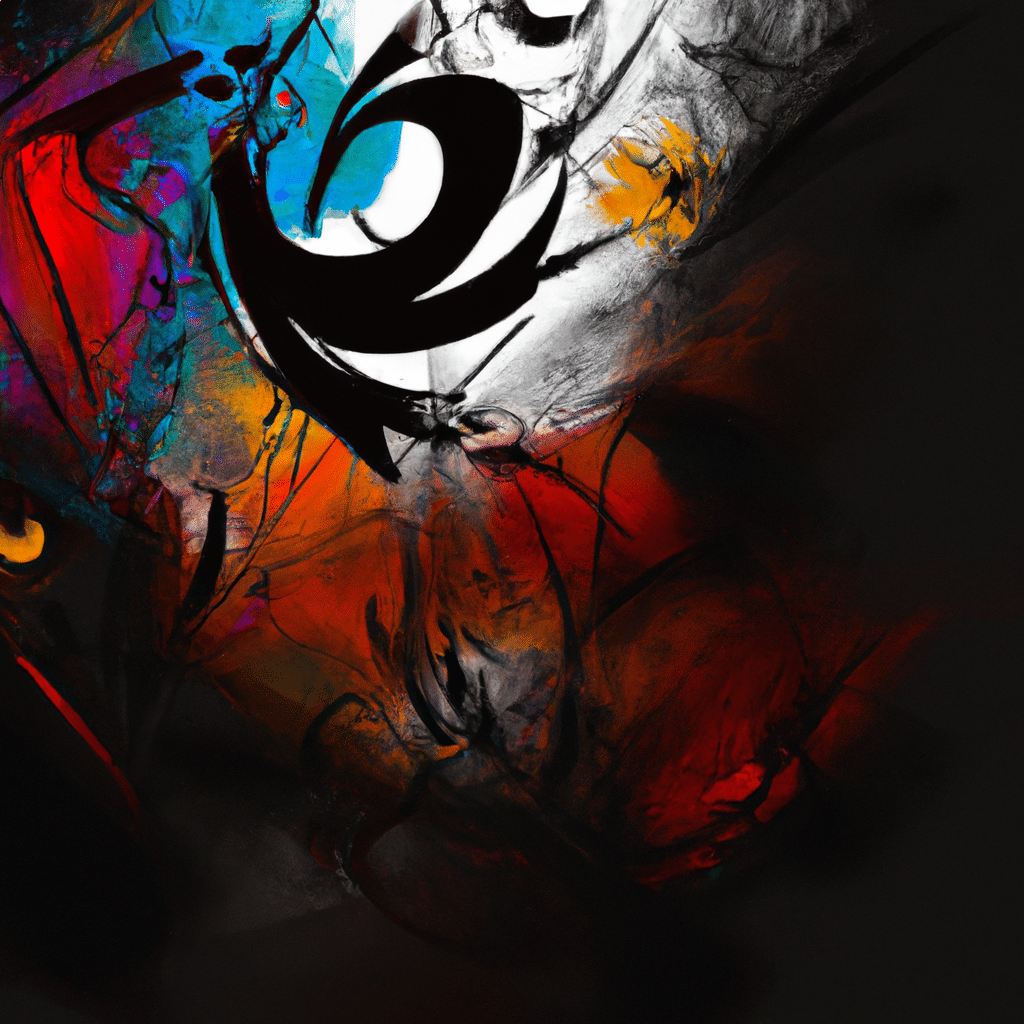AI-Powered Art: The Future of Creative Expression
Art and technology have always been intertwined. From the earliest cave paintings to the most modern digital art, technology has played a significant role in creative expression. Today, with the advancements in Artificial Intelligence (AI), we are experiencing a new era of art – AI-powered art.

AI-powered art is the combination of machine learning algorithms, computer vision, and neural networks to create artworks that can rival human creations. With AI, artists can explore new creative avenues, experiment with different styles, and generate unique pieces of art that were previously unimaginable. In this article, we will explore the world of AI-powered art and how it is shaping the future of creative expression.
AI and Art: A Match Made in Heaven
Art and AI may seem like an odd pairing at first glance. However, AI can bring a lot of advantages to the creative process. For instance, AI algorithms can analyze vast amounts of data and recognize patterns that humans may not be able to see. This ability can help artists create more complex and intricate designs, textures, and colors.
Moreover, AI-powered art can produce unique and personalized pieces of art tailored to the individual’s taste. This personalization can have a significant impact on how we perceive art. Instead of consuming art in a passive manner, people can now be active participants in the creative process, shaping the art they consume.
The Rise of AI-Powered Art
AI-powered art is not a new concept. Researchers have been working on AI-generated art for several decades now. However, in recent years, AI-generated art has gained more exposure and popularity, thanks to advancements in machine learning and deep learning algorithms.
One of the most famous examples of AI-powered art is the work of the Paris-based art collective, Obvious. In 2018, the collective created a portrait called “Portrait of Edmond de Belamy,” which was sold at a Christie’s auction for $432,500. The portrait was generated using a machine learning algorithm trained on a dataset of 15,000 portraits from the 14th to the 20th century.
The Impact of AI on the Art Industry
The rise of AI-powered art is not without its controversies. Some critics argue that AI-generated art lacks the emotional depth and human touch that makes art meaningful. Others argue that AI-generated art is not original since it is created using pre-existing data and algorithms.
However, AI-powered art has the potential to democratize the art world by making art more accessible and affordable. With AI, artists can create art more efficiently and at a lower cost, allowing them to reach a broader audience. Moreover, AI-powered art can open up new markets and revenue streams for artists, such as licensing AI-generated art for commercial use or selling digital art as non-fungible tokens (NFTs).
The Future of AI-Powered Art
The future of AI-powered art is exciting and full of possibilities. AI algorithms are becoming more sophisticated, and we are seeing more diverse applications of AI in the art world. For example, AI-powered art can be used to create interactive installations, virtual reality experiences, and even music.
Moreover, AI-powered art is not limited to visual art. AI algorithms can be used to generate creative writing, poetry, and even scripts for movies and TV shows. As AI becomes more integrated into the creative process, we are likely to see a new era of art that blurs the lines between human and machine creativity.
Conclusion
AI-powered art is not a threat to human creativity; it is an opportunity to explore new creative avenues and push the boundaries of what is possible. With AI, artists can create art that is more intricate, personalized, and accessible than ever before. The rise of AI-powered art is a testament to the power of technology to enhance and complement human creativity. As we move forward, it will be exciting to see how AI contributes to the evolution of art and creative expression.












